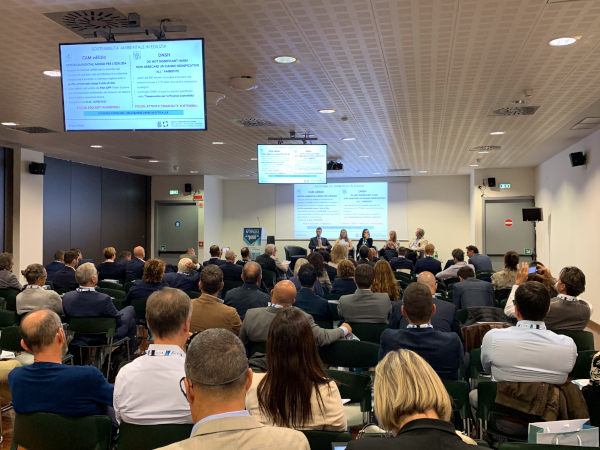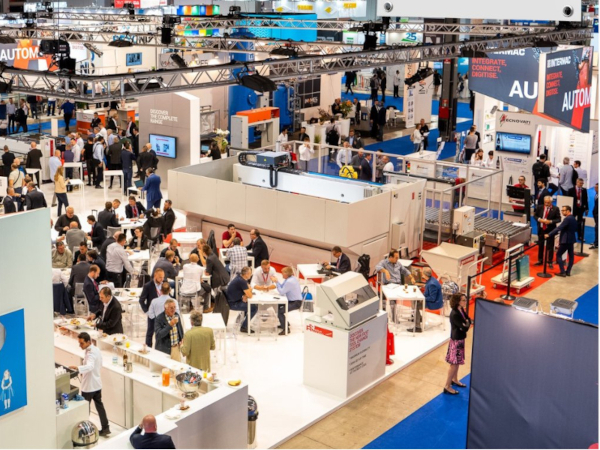Date: 15 April 2013
China is currently the world's second largest economy maintaining growth rates that were unimaginable for Western economies over the past decade. However, it has just emerged from a period of sluggish GDP growth "at just" 7.8% in 2012, the lowest increase in the last 13 years.
.jpg)
Wei Ming / Shutterstock.com
The starting point of this new phase is the country itself which hosts one-fifth of the richest people in the world (according to statistics, there are 317 Chinese people with a personal capital of over $1 billion), one of the most profitable markets for the world's leading luxury brands (cars included), but also a country where 170 million people (at least 13% of the population) live on less than $1.5 a day. One of the top priorities in the new government's program is therefore to encourage the locomotive to shift into higher gear so as to try to rebalance or at least reduce the huge divide between poverty and wealth and between economically more developed areas and others that are lagging behind. This is no mean feat as the new program calls for overhauling the old economic system and reducing its traditional dependence on exports -- which remains the greatest driver of the Chinese economy however, up by 25% in January this year over 2012 -- to promote domestic consumption and let the middle class partake in the growing prosperity. As usual, the cornerstone of this program will be public investments and initiatives in the real estate sector and construction industry. One of these initiatives is the beginning of the second phase of urbanization which focuses on minor cities -- the so-called second and third-tier cities -- and citizen services, without further expanding the largest metropolises.
.jpg)
The vitality of the Chinese economy is borne out by the fact that manufacturers are continuing to invest, and by thriving exports in the glass industry also: "They are leading companies, extremely quality-focused because they sell worldwide and in highly competitive sectors in the B2B area. Because of this they demand cutting-edge machinery and need to be able to rely on a supply chain that ensures quality at all levels", confirms Dino Fenzi, President of Vitrum and Honorary President of Gimav. "Western manufacturers of machinery and chemicals for glass processing, and above all Italian manufacturers, are not only their suppliers but, above all their invaluable partners. In fact, Chinese companies cannot find an alternative of equal technological value on their local market." And the extremely advanced technological features of Italian machinery help Chinese companies overcome another problem that has recently emerged, mainly rising labor costs: "The Chinese economy is experiencing a progressive rise in labor costs that must therefore be offset by an increase in productivity – continues Dino Fenzi. And this is the reason why Chinese businesses are focusing more on automation which inevitably requires very sophisticated machinery. A field where Italian companies lead the way".







Add new comment